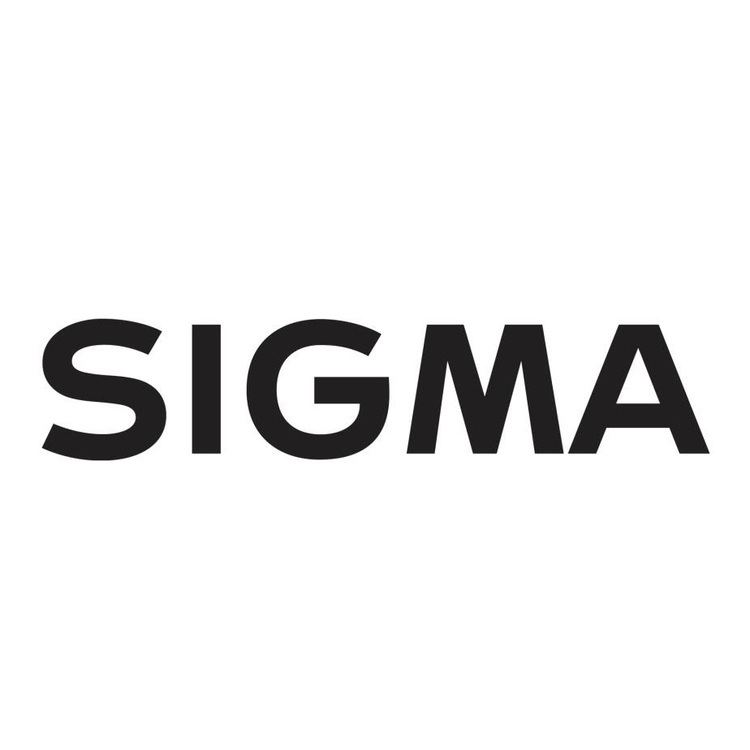Native name 株式会社シグマ Number of employees 1,135 Founded 9 September 1961 | Type Private KK Key people Kazuto Yamaki(CEO) Founder Michihiro Yamaki | |
 | ||
Products Camera lensesDigital camerasOptical equipment CEO Kazuto Yamaki (18 Jan 2012–) Profiles | ||
Sigma Corporation (株式会社シグマ, Kabushiki-gaisha Shiguma) is a Japanese company, manufacturing cameras, lenses, flashes and other photographic accessories. All Sigma products are produced in the company's own Aizu factory in Bandai, Fukushima, Japan. Although Sigma produces several camera models, the company is best known for producing high quality lenses and other accessories that are compatible with the cameras produced by other companies.
Contents
The company was founded in 1961 by Michihiro Yamaki, who was Sigma's CEO until his death at age 78 in 2012.
Sigma products work with cameras from Canon, Nikon, Pentax, Sony, Olympus and Panasonic, as well as their own cameras.
Sigma has also made lenses under the Quantaray name, which have been sold exclusively by Ritz Camera. Similarly, Sigma lenses were sold exclusively by the former Wolf Camera, but following the merger of Wolf and Ritz, both brands can be purchased.
Sigma's digital SLRs, the SD9, SD10, SD14 and SD15 and the latest SD1 are unusual in their use of the Foveon X3 image sensor. All use the SA lens mount. The Sigma DP series of high-end compact P&S cameras also use the Foveon X3 sensor, which gives them a much larger sensor than other cameras of this type.
Sigma is the world's largest independent lens manufacturer and is a family-owned business.
Cameras
Sigma has made a number of film SLR cameras, including the SA-300, SA-5, SA-7 and SA-9. Their latest consumer digital SLR is the SD15. During photokina 2010, Sigma announced their new flagship DSLR camera, the SD1. SD1 features a new 46MP Foveon X3 sensor with 1.5x crop, as opposed to the 1.7x crop of previous models.
All Sigma SLR and DSLR cameras use the Sigma SA mount, which is mechanically similar to the Pentax K mount and electrically an adaptation of the Canon EF lens mount lens control system.
Sigma also produces the DP series of high-end compact digital cameras. The Foveon APS-C sized sensors are similar to those used in the DSLR line. The current line makes use of the Quattro sensor, a variant of the Foveon design that has a higher resolution top layer and lower resolution lower layers combined into a final image that is claimed to be equivalent to a 39 megapixel color filter array image. The four compact cameras are differentiated by their fixed prime lens, with the ultra wide DP0, the wide DP1, the normal DP2 and the telephoto DP3.
Software
Sigma produces the Sigma Photo Pro software for post-production of their camera's .X3F raw image format. It is available both for Mac OS and Microsoft Windows.
Lenses
Sigma makes autofocus lenses for the Sigma SA, Canon EF, Nikon F, Minolta/Sony α, Pentax K and Four Thirds lens mounts. Each lens may not be available in all mounts, and may lack certain features (such as HSM) on certain mounts. There have been some complaints of quality control and assurance issues of lens manufacturing.
In August 2013, Sigma announced that starting the following month, it would offer a mount conversion service for its newest "Global Vision" lenses—those with either an "A" (Art), "C" (Contemporary), or "S" (Sport) as part of their model name. For a cost that varies with lens and market—from $80 to $250 in the U.S., not including shipping costs—owners can send their lenses to their local Sigma company, which in turn sends them to Japan for mount replacement, including calibration and optimization for the new camera system. Lenses designed for DSLRs can be converted to Canon EF, Nikon F, Pentax K, Sigma SA, or Sony A mounts; those designed for MILCs can be converted to Micro Four Thirds or Sony E-mount.
Designations
Lawsuit
In 2011, Nikon filed a suit against Sigma, alleging it had violated patents relating to Nikon's "Vibration Reduction" image stabilisation technology. In 2015, the suit ended through settlement, with no details disclosed.
